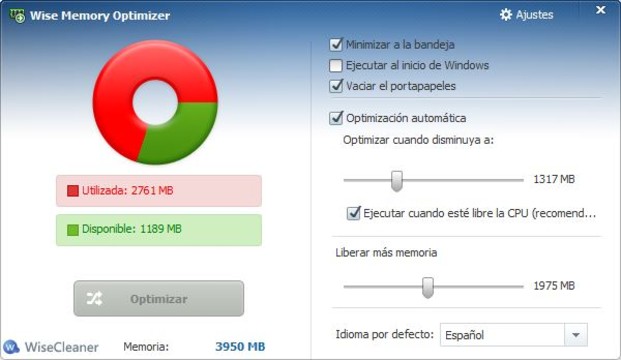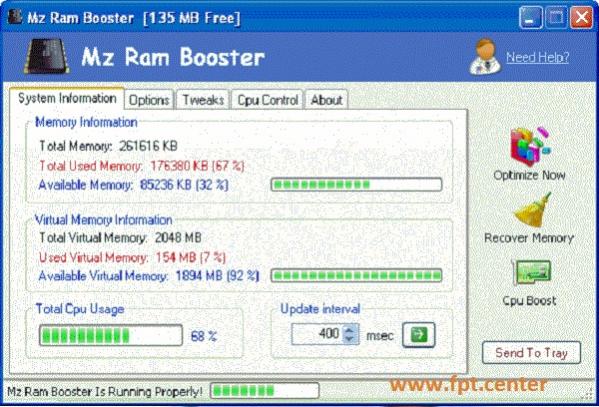

Here, we address this open question by developing a new method, WaveMAP, that combines non-linear dimensionality reduction and graph-based clustering. However, we currently do not understand how decision-related dynamics emerge across putative cell types. A large body of research has described differences in decision-related dynamics across brain areas ( Ding and Gold, 2012 Thura and Cisek, 2014 Roitman and Shadlen, 2002 Hanks et al., 2015) and a smaller set of studies has provided insight into layer-dependent dynamics during decision-making ( Chandrasekaran et al., 2017 Finn et al., 2019 Chandrasekaran et al., 2019 Bastos et al., 2018). The processes involved in decision-making, such as deliberation on sensory evidence and the preparation and execution of motor actions, are thought to emerge from the coordinated dynamics within and between cortical layers ( Chandrasekaran et al., 2017 Finn et al., 2019), cell types ( Pinto and Dan, 2015 Estebanez et al., 2017 Lui et al., 2021 Kvitsiani et al., 2013), and brain areas ( Gold and Shadlen, 2007 Cisek, 2012). WaveMAP therefore provides a more nuanced understanding of the dynamics of cell types in cortical circuits. Such insights were weaker when using feature-based approaches. The eight clusters exhibited distinct laminar distributions, characteristic firing rate patterns, and decision-related dynamics. Using WaveMAP, we robustly establish eight waveform clusters and show that these clusters recapitulate previously identified narrow- and broad-spiking types while revealing previously unknown diversity within these subtypes. We apply WaveMAP to extracellular waveforms recorded from dorsal premotor cortex of macaque monkeys performing a decision-making task. Here, we develop a new method ( WaveMAP) that combines non-linear dimensionality reduction with graph clustering to identify putative cell types. Current in vivo methods rely on clustering of specified features of extracellular waveforms to identify putative cell types, but these capture only a small amount of variation. Department of Biomedical Engineering, Boston University, United States Ĭortical circuits are thought to contain a large number of cell types that coordinate to produce behavior.Center for Systems Neuroscience, Boston University, United States.Howard Hughes Medical Institute, Stanford University, United States.Bio-X Institute, Stanford University, United States.Wu Tsai Neurosciences Institute, Stanford University, United States.Department of Neurobiology, Stanford University, United States.Department of Bioengineering, Stanford University, United States.Department of Electrical Engineering, Stanford University, United States.Undergraduate Program in Neuroscience, Boston University, United States.


Bernstein Center for Computational Neuroscience, Bernstein Center for Computational Neuroscience, Germany.Psychological and Brain Sciences, Boston University, United States.In these conditions, which also characterised the early Universe, matter appears as a Quark-Gluon Plasma, with quarks and gluons not confined within hadrons. The focus is on the fundamental understanding of strongly-interacting matter at extreme conditions of high temperature and density, as formed in ultra-relativistic nucleus-nucleus collisions. Quark Matter 2019 brings together physicists from around the world to discuss new developments in high energy heavy-ion physics. The conference is preceded by a Student Day on Sunday, November 3, at the Science Hall on the campus of Central China Normal University (CCNU). Quark Matter 2019 will consist of five and a half days of conference, beginning the morning on Monday, November 4, and ending early afternoon on Saturday, November 9. The conference will take place in the "Wanda Reign" hotel located in the center of Wuhan. Quark Matter 2019 - the XXVIIIth International Conference on Ultra-relativistic Nucleus-Nucleus Collisions - will be held in Wuhan, China, during November 4-9, 2019.


 0 kommentar(er)
0 kommentar(er)
